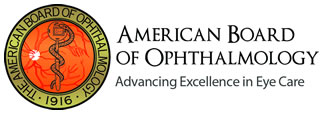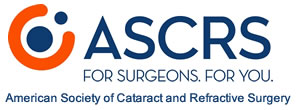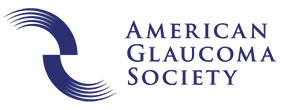Laser Procedures for Glaucoma
Our Eye Surgeons Have Performed Over 3,000 Glaucoma Surgeries
OMNI® Surgical System - Canaloplasty and Trabeculotomy
With the OMNI® Surgical System, you can perform two implant-free procedures targeting three points of resistance with one intelligent device.
Goniotomy
In this procedure, fine incisions are made in the eye's trabecular meshwork tissue. These incisions allow fluid to leave the eye more easily and result in lower eye pressure.
MicroPulse® Cyclophotocoagulation Laser Therapy
MicroPulse® cyclophotocoagulation laser therapy is a non-incisional, tissue-sparing treatment that uses short, repetitive, low energy laser pulses separated by brief rest periods.
Tucson Eye Care
Schedule an Appointment
520-722-4700
520-722-4700
FAX
520-722-4800
Camp Lowell Surgery Center
Surgery Center Phone
520-618-6058
520-618-6058
Tucson Surgery Center
Surgery Center Phone
520-731-5500
520-731-5500
Copyright © Tucson Eye Center
All Rights Reserved.
Phone: 520-722-4700
FAX: 520-722-4800
4709 E. Camp Lowell Dr.
Tucson, AZ 85712
(View Map)
All Rights Reserved.
Phone: 520-722-4700
FAX: 520-722-4800
4709 E. Camp Lowell Dr.
Tucson, AZ 85712
(View Map)
Copyright © Tucson Eye Center - All Rights Reserved.
4709 E. Camp Lowell Dr, Tucson, AZ 85712 (View Map)
Phone: 520-722-4700 - FAX: 520-722-4800
4709 E. Camp Lowell Dr, Tucson, AZ 85712 (View Map)
Phone: 520-722-4700 - FAX: 520-722-4800








